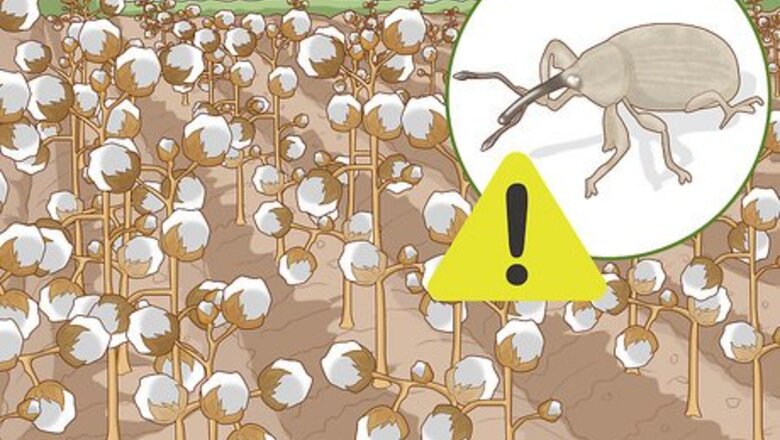
views
Planning to Plant

Contact your local agricultural department to see if you're allowed to plant cotton. In many areas, growing cotton is restricted to commercial growing. That's because the boll weevil (a pest) is a major threat to commercial growing. Over time, it has mostly been eradicated, but non-commercial crops (without the proper growing techniques) may give it a chance to come back. Some areas will give you a waiver to grow it on your land, but you should contact them to find out the laws where you live. For instance, Tennessee is one state the restricts growing cotton.
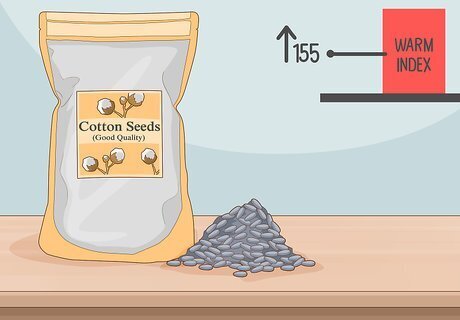
Choose high-quality seed with a cool-warm rigor index of 155 or higher. This indicator is a combination of both the warm and cool germination test percentages, which basically is just an indication of how easily the seed sprouts. Seed catalogs should list this index number for your seed.
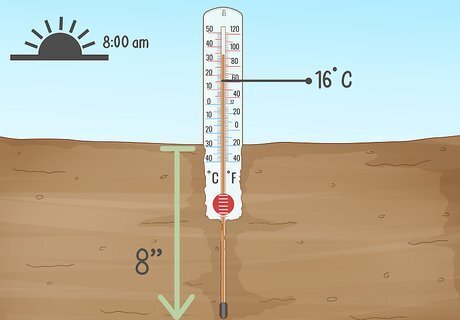
Check for warm soil temperatures to determine when to plant cotton. Wait until the soil temperature is at 60 °F (16 °C). To measure it yourself, use a soil thermometer at a depth of 8 inches (20 cm); it should register this temperature at 8 a.m. in the morning for at least a week and a half before you plant. Cotton doesn't tolerate frost, so you want to plant well after the last frost. You can look up the dates for the typical last frost in your area online. Keep in mind that cotton takes a long growing season, so if you don't have at least 3-4 months of heat, you may not be able to grow it.
Preparing the Soil
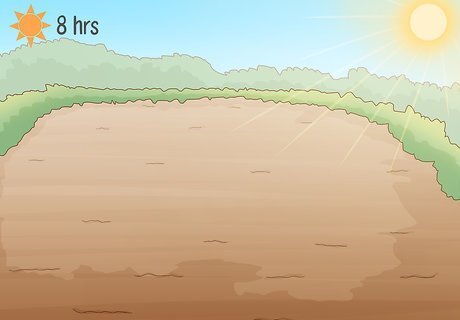
Pick a sunny location for your cotton bed. Cotton seeds like plenty of heat and sun for optimal growing conditions. Choose an area of your yard that gets at least 8 hours of sunlight per day to create a bed for your cotton. Cotton will not do well in shade.

Add compost or fertilizer to your soil. Cotton needs plenty of nutrients to grow, so begin by amending the soil in the planting area. Add 1 cubic foot (0.3 cubic meters) bag of fertilizer for every 6 square feet (0.56 m) of soil. Till it into the soil before you sow your cotton seeds. Choose a balanced fertilizer or compost, meaning one that has equal parts nitrogen, phosphorus, and potassium.
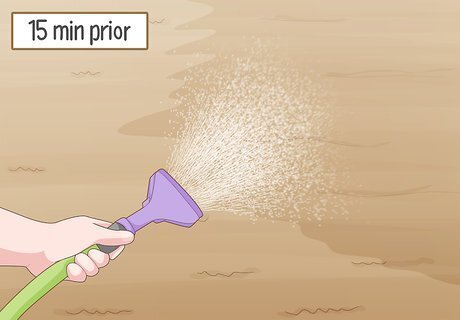
Dampen the soil before planting. Cotton seeds like moist soil when they are first planted. Water the area thoroughly to make sure the soil is damp. Plus, watering the soil will help pack it down a little; cotton also prefers a firm sowing bed. Soak the ground with a sprinkler or hose for at least 15 minutes before planting.
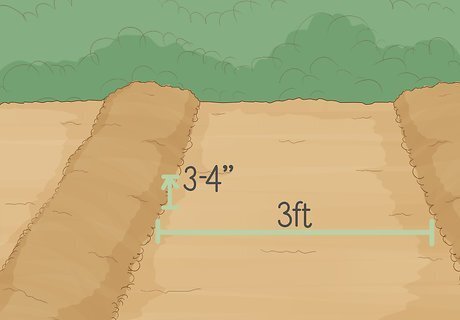
Mold the soil into small rows. Gather the soil into rows of hills and valleys, which allows for good irrigation and drainage. Each hill should be about 3 to 4 inches (7.6 to 10.2 cm) tall, and aim for hills that are about 3 feet (0.91 m) apart from each other. You can use a shovel or hoe to gather the soil into mostly even rows.
Sowing the Seeds
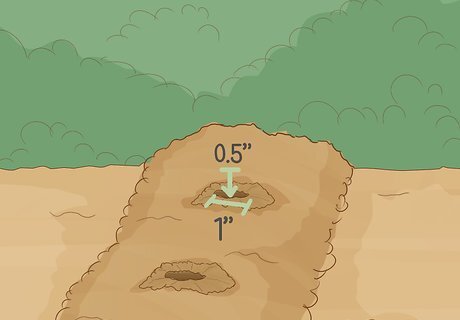
Dig holes along the top of the rows. Dig a hole every 1.5 feet (0.46 m). Go to a depth of 0.5 to 0.7 inches (1.3 to 1.8 cm). This is the optimal depth for cotton, as it allows the warmth of the sun to reach the plant. The holes only need to be about 1 inch (2.5 cm) or so wide, just big enough to plant the seeds. If you go too deep, the seeds may not get the sunlight they need, and they won't germinate. Plus, if they do germinate, they will use up more energy getting out of the ground, which can deter the plants' growth. Cotton tends to be a somewhat weak plant when it's young, so it needs as much warmth and sunlight as it can get while it's sprouting!
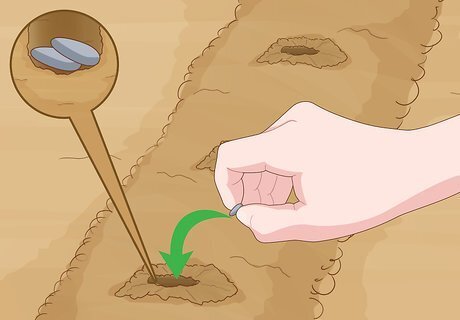
Drop 2-3 seeds in every hole you've dug. Not all the seeds will germinate, so you want a couple in each hole to make sure you get plants all along your rows. Carefully place the seeds in the hole so they don't scatter or blow away. Don't worry about too many plants germinating; you can always thin some out later once they start to grow. That way, you'll leave the healthiest plants growing.
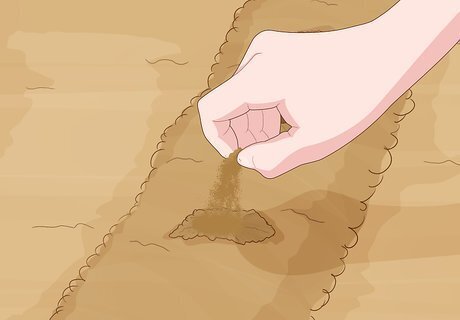
Cover the seeds with the soil. Once you've dropped the seeds in, close the holes up with your hands. Push the soil together over the top of the seeds and pat it gently in place so it doesn't blow away, which would leave the seeds exposed. You can also use a shovel to cover the seeds. However, don't pack the soil down, as the cotton may have trouble emerging.
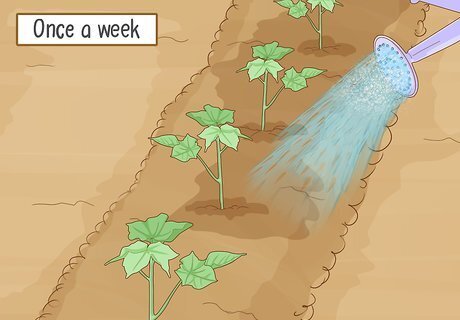
Water the plants about once a week. Cotton likes the heat and won't take kindly to overwatering. Even in hot, dry weather, it will generally still do fine. However, pay attention to your plants. If you notice they're drooping and you haven't had much rain, you may need to water them a bit more often. Cotton needs warm roots to be happy and too much water can cool them down.


















Comments
0 comment